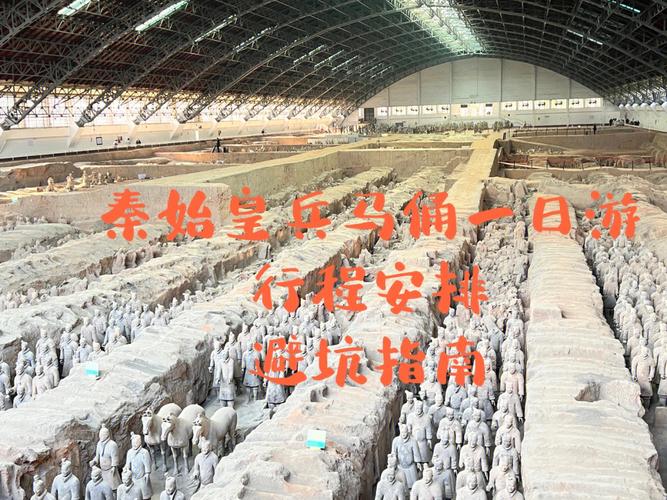
Where Were the Terracotta Army Discovered?
On March 29, 1974, the first in an extensive collection of terra-cotta warriors was discovered in Xian, China. Local farmers came across pieces of a clay figure, and these shards led to the discovery of an ancient tomb, vast in its size and number of artifacts.
The Location: Xi'an, China
More specifically, the Terracotta Army was discovered in Lintong District, which is about 30 kilometers (19 miles) east of Xi'an's city center in Shaanxi province. This area is historically significant as it sits near the foot of Mount Li, the chosen burial ground for many emperors throughout Chinese history.
The Significance of Xi'an
Xi'an, formerly known as Chang'an, holds a prominent place in Chinese history. It served as the capital for thirteen dynasties, spanning from the Zhou Dynasty to the Tang Dynasty. Its strategic location and cultural richness have earned it the designation of one of the Four Great Ancient Capitals of China.
The Discovery
The year was 1974. While digging a well, a group of local farmers stumbled upon fragments of terracotta figures. Intrigued by their find, they reported it to local authorities. What followed was an extensive archaeological excavation that unveiled one of the most significant archaeological discoveries of the 20th century - the Terracotta Army.
The Terracotta Army and its Significance
The Terracotta Army is a collection of over 8,000 life-sized terra-cotta figures of warriors, chariots, and horses, buried in the mausoleum of Qin Shi Huang, the first emperor of China. This incredible army, created to protect the emperor in the afterlife, showcases the advanced craftsmanship and artistry of the Qin Dynasty. Each figure boasts unique features and details, from their armor and weaponry to their facial expressions, providing invaluable insights into the military practices and culture of ancient China.
The Mausoleum of Qin Shi Huang
The Terracotta Army guards the tomb of Qin Shi Huang, the first emperor of a unified China. Constructed over 38 years, the mausoleum complex is a testament to the emperor's power and ambition. The site is a UNESCO World Heritage site and remains an active archaeological dig, with new discoveries continuously adding to our understanding of this significant period in Chinese history.
Q&A
Q: What is the Terracotta Army?
A: The Terracotta Army is a vast collection of over 8,000 life-sized terracotta sculptures depicting the armies of Qin Shi Huang, the first emperor of China.
Q: Why was the Terracotta Army built?
A: The army was buried with the emperor between 210 and 209 BCE to protect him in the afterlife.
Q: Why is the Terracotta Army so important?
A: The Terracotta Army is a significant archaeological discovery, offering insights into the military practices, artistry, and culture of ancient China during the Qin Dynasty.